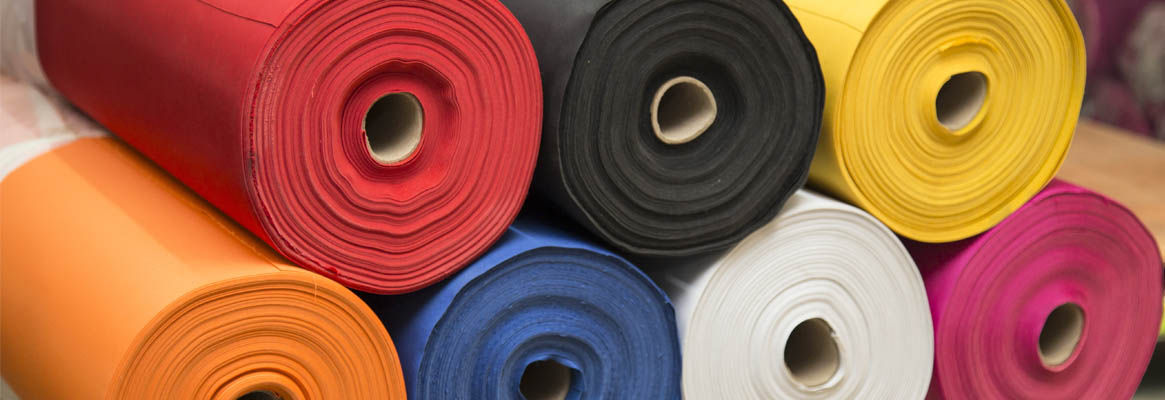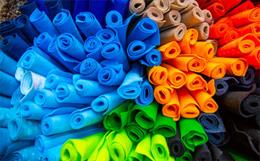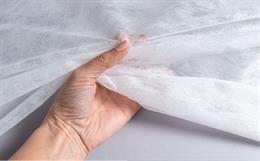In the 19th century, (when England was the leadingtextile producing country), realizing that large amounts of fiber were wastedas trim, a textile engineer named Garnett developed a special cardingdevice to shred this waste material back to fiberous form. This fiber was usedas filling material for pillows. The Garnett Machine, though greatly modified,today still retains his name and is a major component in the non wovenindustry.
Later on, manufacturers in Northern England beganbinding these fibers mechanically (using needles) and chemically (using glue)into batts. These were the precursors of today's non-wovens.
This art remained the same into the middle of the20th century and patents as late as the 1930's depict such batts specially madeto insulate railroad box cars in the U.S. Now in the 21st century, though somefillings and paddings are still made as they were in England almost 2 centuriesago, non-wovens have progressed beyond Garnett's dreams. Non-woven fabric wasused between the Space Shuttle Discovery's heat resistant tiles and thespaceship's skin and non-wovens were part of the space suits worn to the moon.The limits to the use of non-wovens remains only in the imagination of man, andnew innovations are developed on a steady basis.







